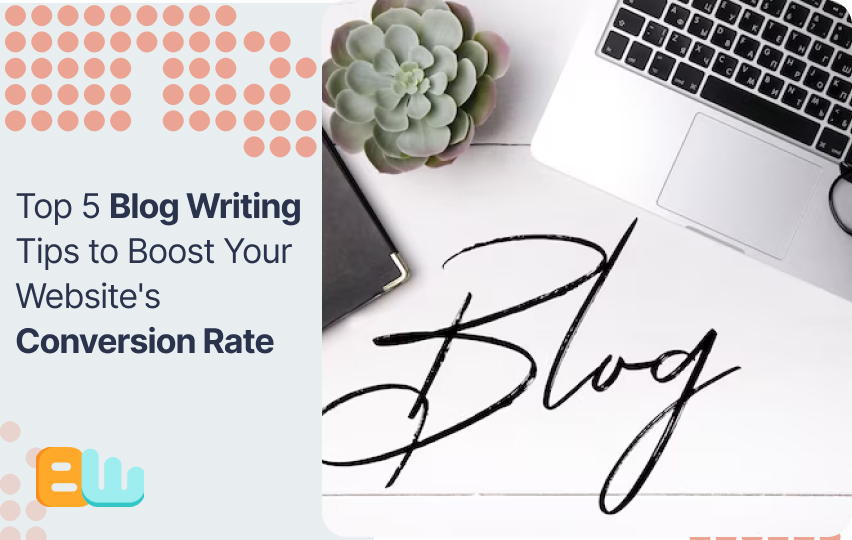Learn effective blog writing techniques for the web to engage readers and improve SEO performance effortlessly. Master the art of crafting compelling content that captivates your audience and drives traffic to your site.
Through strategic use of keywords, formatting, and compelling storytelling, your blog posts will stand out in the competitive digital landscape. Embrace concise writing, break up long paragraphs, and utilize headings and bullet points for easy readability. Elevate your blog writing skills to connect with your target audience effectively while enhancing your online visibility and authority in your industry.
By implementing these techniques, you can create engaging content that resonates with readers and boosts your blog's success.
Capturing Readers' Attention
Crafting captivating blog writing involves skillfully implementing techniques that grab the readers' attention from the start. Utilizing compelling headlines, engaging storytelling, and relevant imagery can create an immersive experience, keeping readers hooked throughout the content. By using concise language and structuring the content effectively, writers can ensure their message resonates with their audience.
| Capturing Readers' Attention: |
| Craft headlines that make readers curious and eager to click. |
| Hook them with a captivating introduction that sets the tone. |

Credit: blogwaves.com
Optimizing Content For Search Engines
Utilize keywords strategically within your blog content to improve SEO rankings. Incorporate relevant keywords naturally into your writing without forcing them.
Structure your content for readability by using clear headings and subheadings to organize information effectively.
Utilizing Visual Appeal
When writing for the web, it’s vital to utilize visual appeal to captivate your audience. Incorporating engaging images can significantly enhance the overall user experience. These images can help convey your message more effectively and create a personal connection with the readers. Additionally, using visual hierarchy for emphasis can guide the audience's attention to the most important parts of the content, ultimately improving readability and comprehension. By strategically placing images and utilizing visual hierarchy, you can make your blog posts more engaging and visually appealing to your audience.

Credit: blog.hubspot.com
Encouraging Reader Engagement
Blog writing is an effective way to engage readers and encourage interaction. To achieve this, incorporating call-to-actions is imperative. Adding phrases like "Click here to learn more" or "Share your thoughts in the comments below" prompts readers to take action and participate actively. Additionally, utilizing social sharing buttons enables easy sharing of the blog post with others. This amplifies the reach and potential impact of the content. Social media platforms like Facebook, Twitter, and LinkedIn provide instant sharing capabilities, increasing the chances of organic engagement. Bloggers should prioritize making it effortless for readers to share the content, as it fosters greater visibility and creates opportunities for increased engagement.
Converting Readers Into Action
Writing persuasive copy is crucial to convert readers into action. To create persuasive copy, focus on highlighting the unique features and benefits of your product or service. Use emotional language that engages the reader and taps into their desires and needs.
Implementing effective call-to-action (CTA) phrases is another key element. Clearly and concisely communicate what action you want the reader to take and create a sense of urgency by using phrases like "limited time offer" or "act now."
Additionally, using social proof can help build trust and credibility. Include testimonials, reviews, or case studies to showcase how your product or service has benefited others.
Formatting is also essential in persuasive copy. Use short paragraphs and subheadings to make the content scannable and easy to read. Highlight important phrases or keywords using bold or italics.
In conclusion, by creating persuasive copy and implementing effective CTAs, you can motivate your readers to take action and achieve your desired objectives.

Credit: contentfac.com
Frequently Asked Questions On Writing For The Web: Blog Writing Techniques
How Can I Write Engaging Blog Posts?
To write engaging blog posts, start with a compelling headline that grabs attention. Focus on providing valuable and relevant content to your target audience. Use clear and concise writing, add visuals, and include a call-to-action to keep readers engaged.
What Is The Ideal Length For A Blog Post?
The ideal length for a blog post varies depending on the topic and target audience. However, research suggests that longer blog posts tend to perform better in terms of search engine optimization (SEO) and reader engagement. Aim for at least 1,500 to 2,000 words while ensuring the content remains valuable and well-structured.
How Often Should I Publish New Blog Posts?
The frequency of blog post publication depends on the availability of quality content and your target audience's preferences. Consistency is key, so aim for a regular publishing schedule that you can sustain. It could be once a week, biweekly, or even monthly, as long as you consistently provide valuable content to your readers.
Conclusion
Incorporating these blog writing techniques into your web content will enhance its appeal to both readers and search engines. By creating valuable, engaging, and SEO-friendly posts, you can boost your online visibility and drive more traffic to your website. Remember to stay authentic, use relevant keywords, and continually monitor and refine your approach for optimal results.
